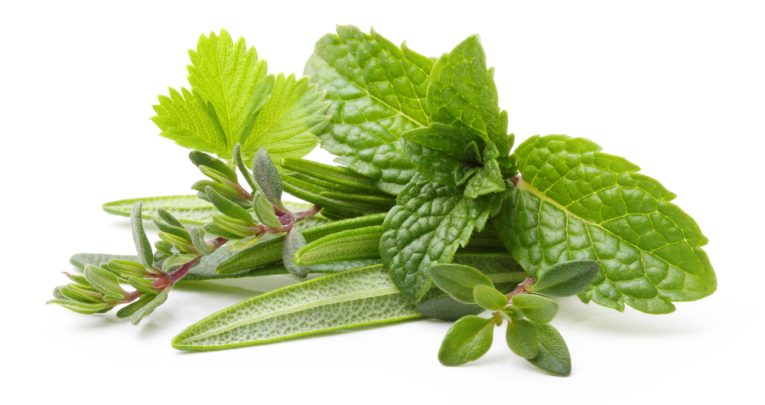How Herbs Can Add Some Extra Flavour To Nursery Children’s Learning And Play

Herbs in play can do much more than having your setting smelling sweet, suggests Judit Horvath

Herbs have played a major role in our everyday lives for decades, used for their health benefits as well as to flavour food. But have you considered their potential uses in children’s play? Links to physical development and outdoor play abound. Gathering herbs by visiting a local store or food market offers the opportunity for a healthy walk, while foraging in parks encourages children to study their environment and find their personal place in their immediate surroundings (try making a local herb-map!).
Herbs can be grown in relatively small places (even in pots or small raised beds) and gardening also promotes children’s physical development.
Turning to art, a large number of herbs, their leaves and flowers can be used as a homemade paint base. Their interesting shapes can be used as inspiration for drawings and learning about forms.
With their amazing scents, herbs naturally enrich creative sensory play, either as part of themed treasure baskets, in scented play-dough, in a herbal foot soak or mixed into creams for a gentle hand massage.
Using dried herbs, children can make personalised gifts such as tea- or spice blends, textured cards and scented pillows, supporting personal, social, and emotional development.
Finally, children love cooking and this offers opportunities to be creative and follow rules. Herbs can be used in breads, scones, drinks and smoothies, but also add the joy of authenticity to home corner play.
The most often-used herbs are lavender, mint, rosemary, parsley, lemon balm, nettle, chamomile and thyme; all are safe for children to play with and can be used in a variety of activities.
Judit Horvath is a nursery management adviser











